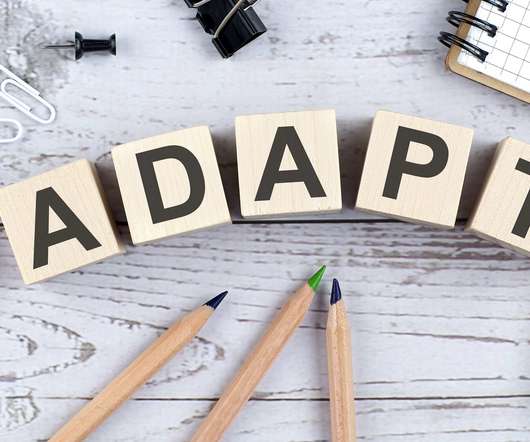10 Principles of Organizational Learning DNA
The Performance Improvement Blog
AUGUST 25, 2016
How do we know if an organization has the “DNA” that predisposes it to organizational learning? Gary Neilson and Jaime Estupinan have been studying and writing about "organizational DNA" for the past 10 years. Organizational structure facilitates learning. Knowledge management contributes to learning.






































Let's personalize your content